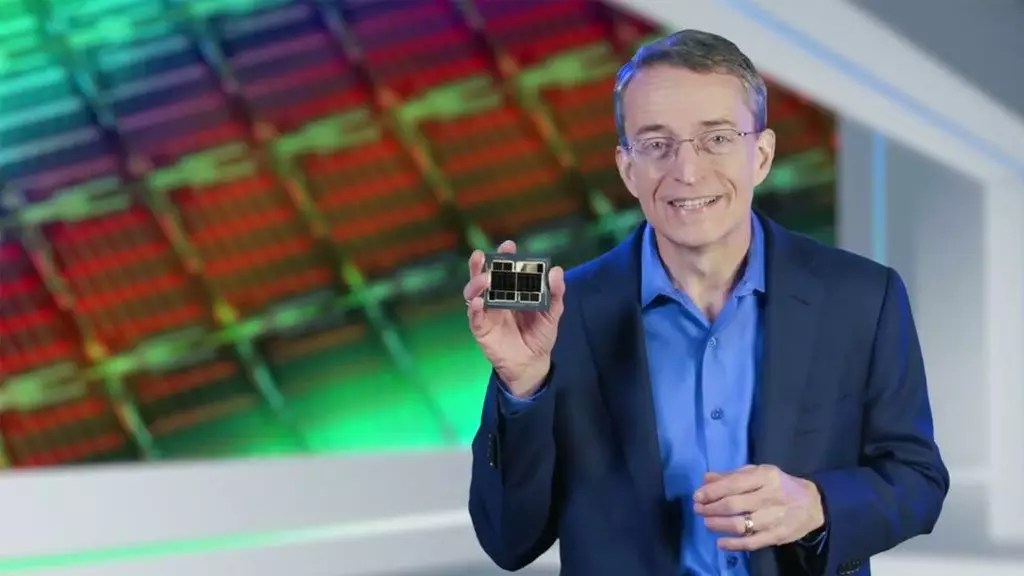Intel’s Core Ultra laptop chip is making waves in the market according to Intel CEO Pat Gelsinger. Despite initial concerns about the company’s forecast falling below expectations, Intel’s revenues for the latest quarter have shown a 9% increase over the previous year. Gelsinger remains optimistic about Intel’s future, citing strong engagement with customers and OEM partners. The Core Ultra chip is selling faster than anticipated, with expectations of doubling the number of shipments in Q2 compared to Q1.
While Intel’s roadmap seems promising, there are challenges that the company still needs to address. The goal of delivering five new chip production nodes in four years is ambitious, but there are doubts about the ability to achieve this target. The supply constraints on the Core Ultra chip raise concerns about Intel’s manufacturing capabilities, especially when compared to the involvement of TSMC’s customer foundry in the production process.
Intel’s own roadmap for its foundry business reveals a slow ramp-up in the production volumes of its latest nodes. The focus on Intel 7 and older nodes until 2026 highlights the timeframe for the transition to more advanced nodes like Intel 4, Intel 20A, and Intel 18A. This gradual shift raises questions about the real impact of products like Arrow Lake and Panther Lake, which are based on newer nodes but are still years away from mass production.
Progress vs. Reality
While Intel continues to introduce products on advanced nodes, the actual volume production on these nodes remains limited until 2026 and 2027. Products like Meteor Lake and Arrow Lake serve as showcases for Intel’s technological advancements, but the true test lies in the ability to scale up production to meet market demand. The narrative of progress presented by Intel may be overshadowed by the long timeline for significant volume production on new nodes.
Intel’s Core Ultra laptop chip has generated a buzz in the industry, but the company still faces challenges in ramping up production on its latest nodes. The ambitious goal of delivering five new chip production nodes in four years is a commendable target, but the slow progress towards mass production raises doubts about Intel’s execution capabilities. As Intel continues to push the boundaries of technological innovation, the company will need to prove its ability to deliver on its promises and meet customer expectations in the highly competitive semiconductor market.


Leave a Reply